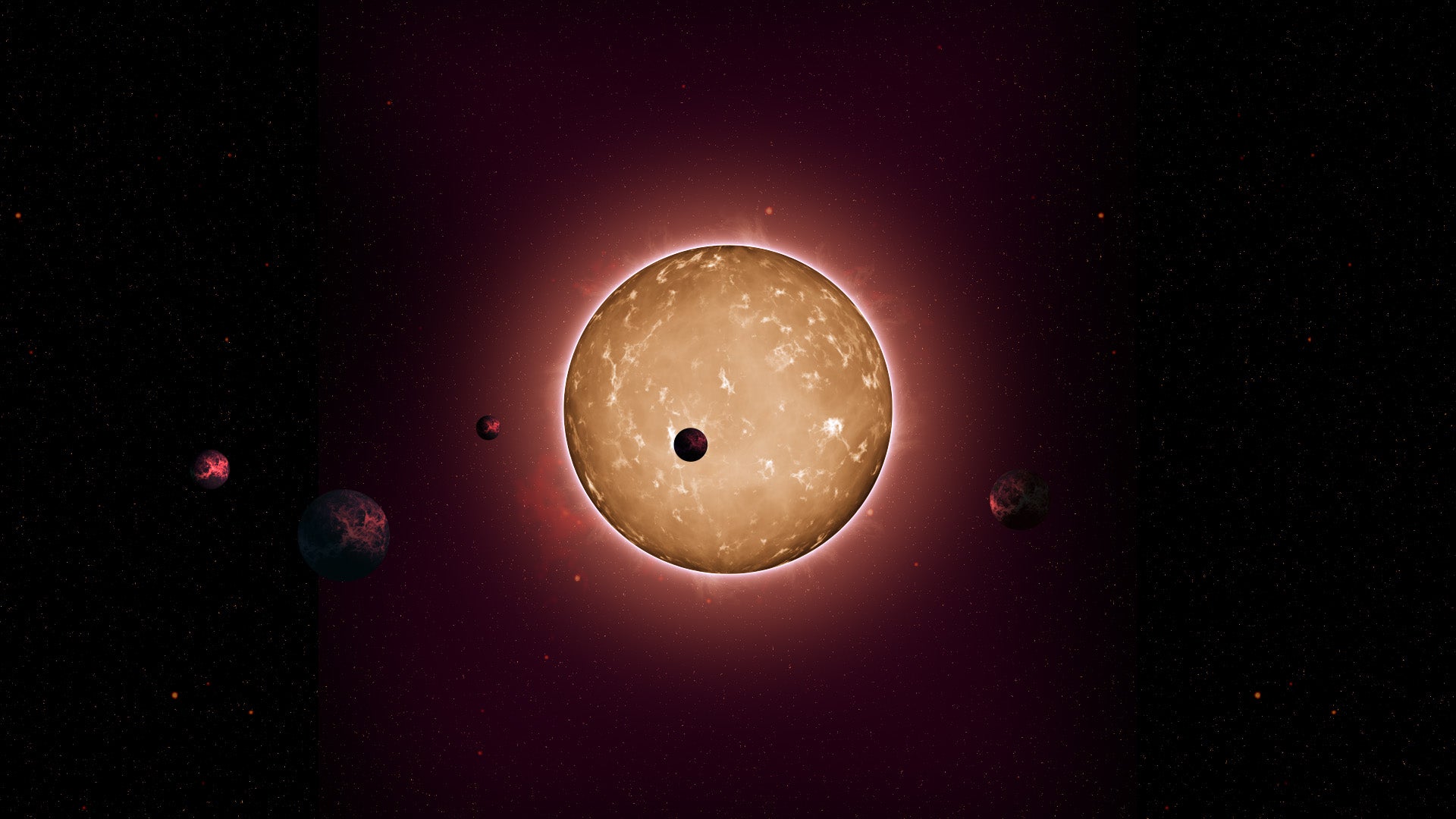Algorithm helps find 366 new and undiscovered planets

Your support helps us to tell the story
From reproductive rights to climate change to Big Tech, The Independent is on the ground when the story is developing. Whether it's investigating the financials of Elon Musk's pro-Trump PAC or producing our latest documentary, 'The A Word', which shines a light on the American women fighting for reproductive rights, we know how important it is to parse out the facts from the messaging.
At such a critical moment in US history, we need reporters on the ground. Your donation allows us to keep sending journalists to speak to both sides of the story.
The Independent is trusted by Americans across the entire political spectrum. And unlike many other quality news outlets, we choose not to lock Americans out of our reporting and analysis with paywalls. We believe quality journalism should be available to everyone, paid for by those who can afford it.
Your support makes all the difference.An algorithm has helped astronomers find some 366 possible new exoplanets.
The new collection of distant worlds include a variety of different planetary systems, including one that includes a star and two gas giant planets that are located strangely close to each other.
Astronomers have rapidly increased the number of exoplanets being detected, but are still at less than 5,000 in total. The discovery of more than 300 thus adds a significant number of new worlds to the catalogue of exoplanets.
Scientists hope the size of the new collection could help better classify exoplanets generally.
“Discovering hundreds of new exoplanets is a significant accomplishment by itself, but what sets this work apart is how it will illuminate features of the exoplanet population as a whole,” said Erik Petigura, a UCLA astronomy professor and co-author of the research.
The discoveries were powered by a new algorithm that looks through data from the Kepler space telescope and tries to find indications of a new planet. That has traditionally been time consuming and meant astronomers looking through all of that data – but the algorithm can help reduce the number of planets required for inspection, by automatically searching out those that look promising.
The new research is published in the Astronomical Journal.
Join our commenting forum
Join thought-provoking conversations, follow other Independent readers and see their replies
Comments